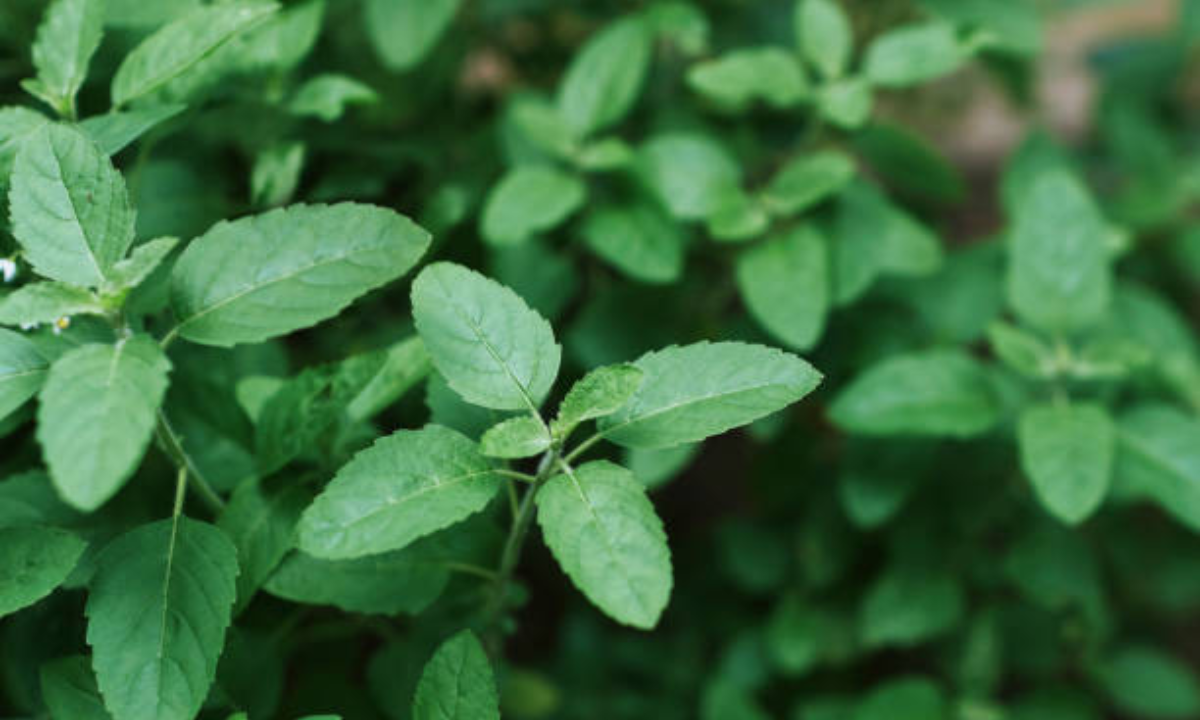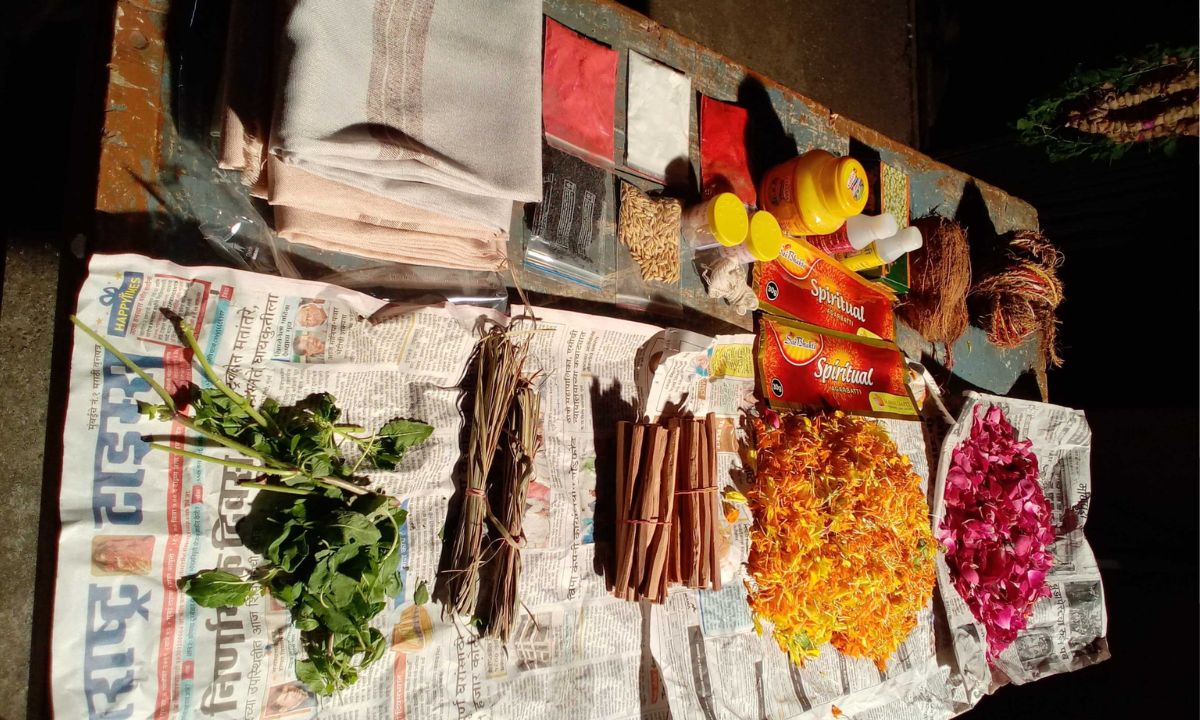Indian traditions see Antim Sanskar acts for departed souls as core religious an essential practice through the sacred path of life. Body rites maintain regional differences yet remain centered in both religious principles and cultural traditions. The performance of these rites depends on Antim Sanskar Samagri which represents specific items.
Good planning in advance allows you to handle the necessary items properly for respectful and orderly last-rites arrangements. This guide examines the vital collection of 8 must-have Antim Sanskar Samagri items used for Hindu funeral services that comply with cultural stipulations.
Holy Gangajal (Sacred Water from the Ganges)
The paramount element of Antim Sanskar Samagri consists of Gangajal – water which originated from the holy Ganges River. Hindu believers hold the Ganges in sacred regard because they believe its water has purification powers for departed spirits. To bless the soul toward salvation and moksha the practice includes pouring Gangajal drops into the mouth along with applying light sprinklings of this holy water to the body.
When Gangajal is inaccessible fresh water provides an acceptable substitute. Gangajal stands as the best option but Kusha grass with Pavitra threadwork works as a suitable alternative.
Tulsi Leaves

Tulsi, or basil leaves, hold a significant place in Hindu rituals. During Antim Sanskar, Along with Gangajal, fresh Tulsi leaves are poured in the mouth of the deceased. Tulsi symbolises purity of spirit and is believed to protect the soul during its journey.
Tulsi is often considered a bridge between earthly existence and the divine. It is essential to include Tulsi leaves as part of your Antim Sanskar Samagri set when preparing for these rituals.
Kusha Grass and Pavitra Thread
The Hindu religion extensively employs Kusha grass as well as pavitra thread during their religious ceremonies. To protect the deceased from negative life forces, Kusha grass serves as a holy tool that priests will strategically position around the body. During Hindu cremations, both priestly chanting and religious ceremonies rely on Kusha grass for support.
During the ceremony, the deceased person’s fingers receive Pavitra thread placement. Having such significance this ritual object serves both as a symbol of purity and as a protector of religious rites’ sacredness.
Cow Dung Cakes and Firewood
Cremation is one of the most critical aspects of Hindu last rites, symbolising the transition of the physical body into elements of nature. To perform the cremation, cow dung cakes, and firewood are commonly used as fuel for the fire. Cow dung cakes are considered pure and are believed to purify the cremation ground as well.
Including sufficient firewood and cow dung cakes in your Antim Sanskar Samagri ensures that the cremation is smoothly carried out without interruptions.
Incense Sticks and Camphor
The fragrance of incense sticks (dhoop) fills the environment with positivity and holiness, creating a serene atmosphere for the rituals. Camphor (Kapoor), on the other hand, is traditionally burned during the ceremony, symbolising divinity and purity.
These items are usually placed near the body while chanting mantras. They are also used while offering prayers to the departed. Make sure to include these aromatic substances as a part of your Antim Sanskar Samagri kit.
Rice (Akshat) and Flowers
Akshat which may take the form of rice and fresh flowers become fundamental elements of Antim Sanskar Samagri. The use of rice brings both blessings and completes ceremonies because it plays a central role during religious rituals dedicated to deceased individuals.
Among the flowers used to honour the departed marigolds together with roses stand prominent as symbols of reverence. Mothers apply decorations onto deceased bodies that express both dignity and reverence toward the departed. These natural offerings create solace for the soul while helping it on its journey after death.
Clay Pots (Earthenware)
Rituals for Hindu funeral practices deeply associate them with earthen ceramic vessels. Multiple stages of the funeral ritual use these pot containers which normally only contain water. As part of a concluding tribute during cremation observances, Hindus perform a final farewell step where they circle the pyre with water from earthen pots.
The breaking of earthen pots serves as both a mystical release for the departing soul and a public indication of its emancipation from earthly life. You need clay pots specifically for Antim Sanskar Samagri rituals.
White Cloth (Shroud)
Most Hindu funeral traditions require the departed person to receive clean white textiles for covering their body during internment. The white cloth symbolises peace, purity, and detachment from worldly matters.
The shroud is a final mark of dignity for the departed and is an absolute necessity in the Antim Sanskar Samagri set. Ensure that the cloth is large enough to cover the entire body properly and is neat and clean.
How to Prepare an Antim Sanskar Samagri Kit?
Moving forward to our discussion about creating your Antim Sanskar Samagri kit following the review of its eight essential components.
1. Make a Checklist: Make a complete list of these items to remember every crucial piece.
2. Source Items in Advance: Many puja samagri items are obtainable through local temples together with grocery stores and shops that specialize in this religious material.
3. Keep Them Organised: The samagri needs its own storage space to keep everything within reach during the ritual day.
4. Consult a Priest: Seek advice from a spiritual leader because the required samagri depends on diverse family traditions throughout different geographical areas.
Why Does Having the Right Antim Sanskar Samagri Matter?
When performing cremation rites correctly we honour the deceased through their life’s memories and personal significance. Throughout the Antim Sanskar Samagri set’s elements, one finds important religious and spiritual meanings. According to belief the correct selection of samagri guarantees that spiritual pathways will remain obstacle-free for departed souls.
Proper samagri preparation enables family members to dedicate their focus to prayer and respect while avoiding emotional stress or confusion in this critical moment.
Conclusion
Both families and departed souls engage through emotionally charged spiritual practices during last-rite ceremonies. Antim Sanskar Samagri helps families perform the rituals with order and dignity. Prosperous Vedic traditions advance through the collective power of Gangajal along with Tulsi leaves and shrouds which use earthenware to design supreme rituals.
Traditional preplanning of essential funeral items allows families to achieve peaceful mindsets by leading their loved ones toward final liberation.
Antim Sanskar Samagri represents more than a set of items because all elements function as powerful symbols for love together with respect and reverence for the divine nature.
Families who need funeral services in Bangalore can find the comprehensive support by Kaashimukthi needed to manage Antim Sanskar Samagri acquisition along with ceremonial guidance through final rituals at dignified levels.

Madhu is an Entrepreneur, a Mentor, a Writer and an Aspiring Car Race Driver. He is Deeply passionate about leveraging Technology and Human Centred Design to make complex care and End of Life Planning easier. With the ultimate aim of Improving the quality of Life in the Twilight years. Madhu is highly educated and Alumni of IIM-Bangalore, Sikkim Manipal University and Bangalore University besides a Rich Industry Experience in the field of Product Management, Design, Supply chain, Finance, Commercial Management and Funeral Services.

